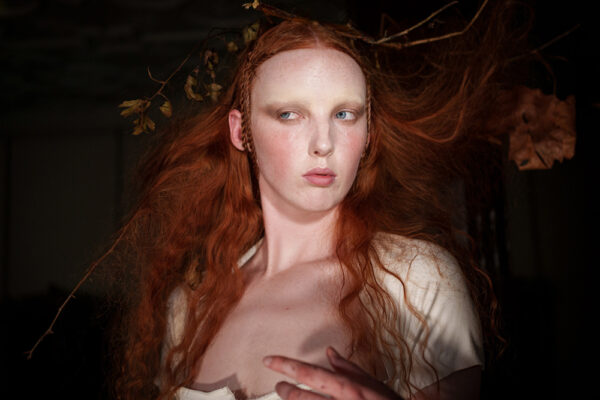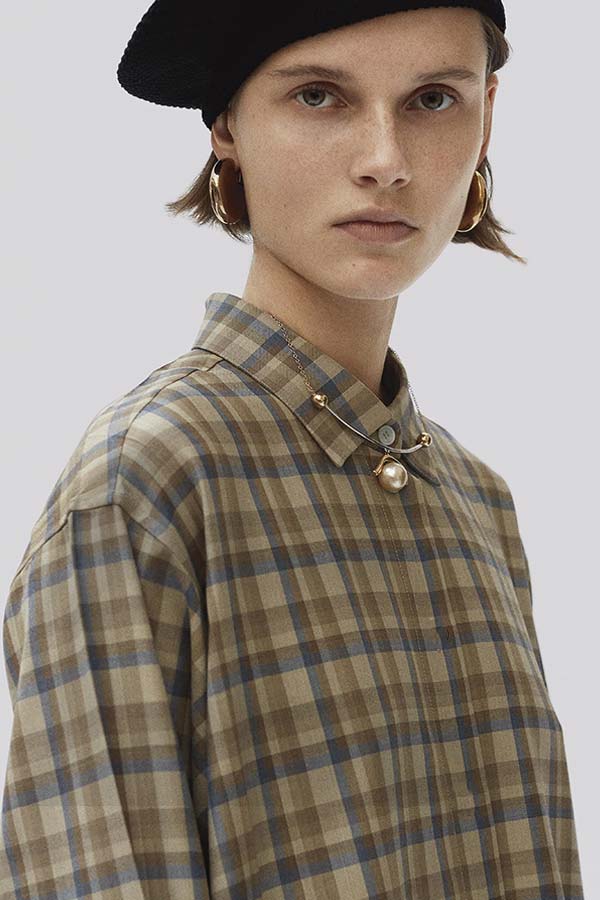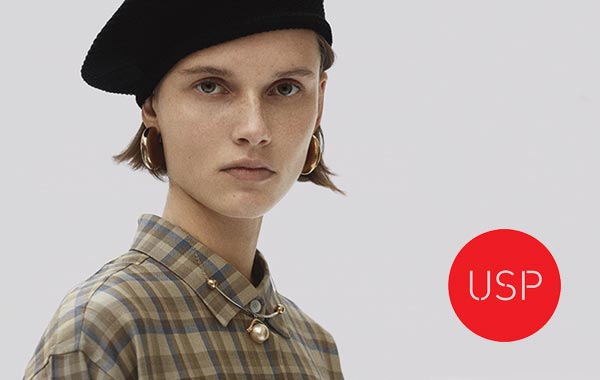Back in the day mundanity was mundane, breakfast was breakfast, our pets were our pets, and our daily commute was well – boring actually – with only the newspaper to read, or other people’s conversations to listen to. Social media changed everything – breakfast is now a green smoothie held at an angle for everyone to see, commutes are a cinematic time lapse, and your dog is an influencer #dogsofinstagram. Instagram didn’t invent lifestyle aesthetics, it weaponised them, with every mundane moment becoming visual currency.
Everyday life has become content and as regular people turn into brands, our food & clothing choices, homes, hobbies and even relationships are no longer just functional or personal, they are props in our story. A boyfriend, a dog, a matcha from the latest “it” coffee shop are visual signifiers of one’s taste, values and social standing. Life isn’t just for living anymore, it’s curated, styled and filtered for everyone’s approval.
Pre-social media handbags were the ultimate accessories as a subtle or not so subtle nod to ones wealth and taste – often only recognised by those ‘in the know’. But in 2025 even handbags have become performative as they’re styled according to the owners location, lifestyle, mood and even personality. A wholesome wicker basket at the farmers market, a casual slouchy leather tote for brunch, or a bold statement coloured clutch for a wedding. Each bag signifies a curated lifestyle and becomes an accessory for content creation..
Evolving from utility to identity – handbags were just the beginning – what other everyday objects, feelings and ways of living have transcended to become markers of aspirational lifestyles, taste, status and mood?
- THE VAPE
Once purely functional, the vape has become a cultural signifier of cool, a statement piece, a kind of micro-expression of style in the way that designer bag or a pair of trainers might be. Lily Allen has elevated this in the last week with her almost constant vaping on social media, to launch her (brilliant) new album West End Girl, with Lost Mary being the vape of choice.

Lily Alen & Sophie Turner
For Gen Z, vaping is all about rebellion and self-expression, tapping into the whole messy girl/brat energy. But listen to someone who loved 20 Marlboro Lights on a night out in the 90s. Smoking is not cool kids – not cool!
- MATCHA
Matcha isn’t just a drink, it’s a whole mood board. Replacing the morning coffee, Matcha says serene, superior yet subtle and wellness – but not in a sweaty, run club way. It’s green enough to be ethical, but luxe enough to be exclusive. Coffee is for messy girls, while matcha is the ultimate accessory for conscious creators and clean girls. The hand whisked calmness of the ritual says slow living and composure.
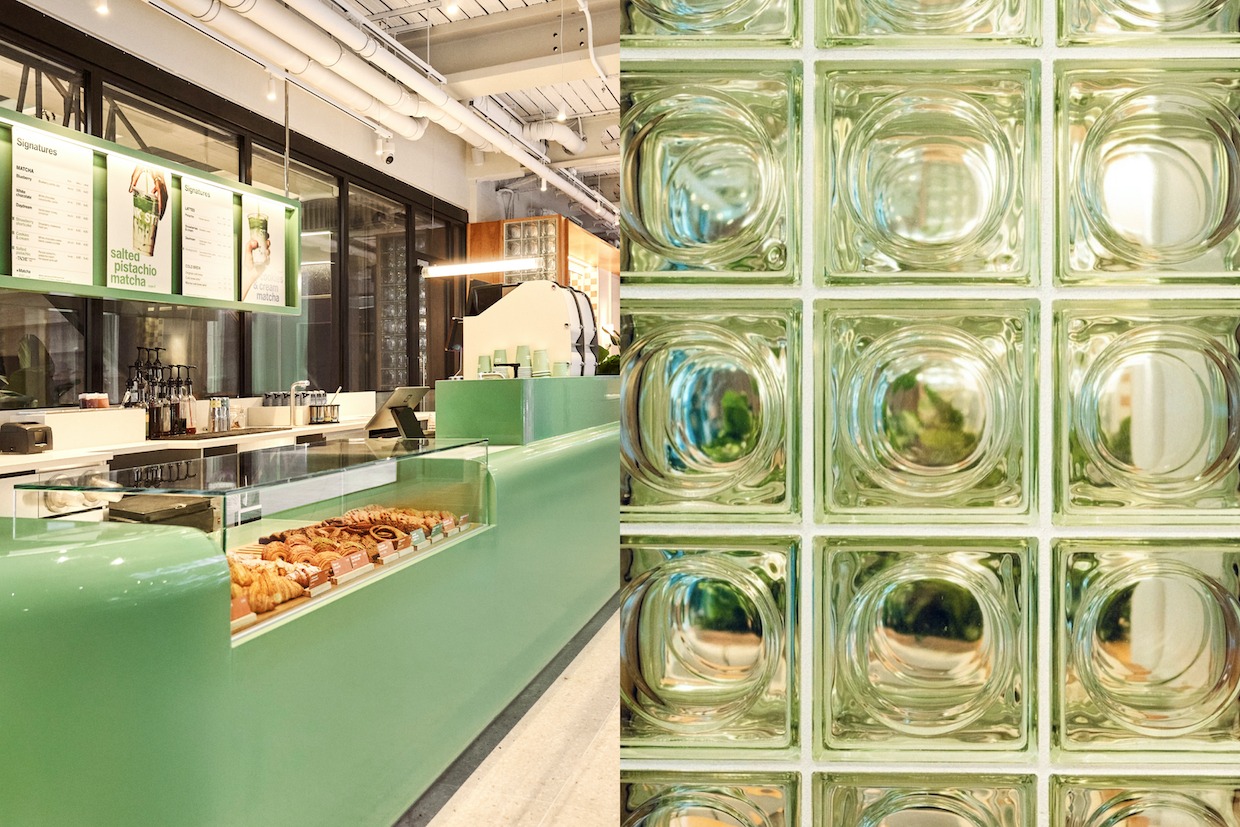
Blank St
Don’t be fooled, per gram, matcha can have more caffeine than coffee, although it does have a smoother, longer-lasting effect and one does tends to drink less of it than regular coffee. But are we really slowing down, or we just aestheticising the act of pretending to – with a green drink from Blank St – and it has to be from Blank St?
- ALPHA ENERGY
Being a man in 2025 can be tricky, particularly on social media where performance and curating aesthetics according to cultural, social, or peer expectations is the norm. The gym becomes a theatre, the car becomes a prop and relationships becomes part of the story you’re telling about yourself. Reality TV sees this in action – Love Island, The Bachelor, MAFS, Big Brother etc encourage men to signal status through wealth, possessions, physical fitness, banter and alpha energy.
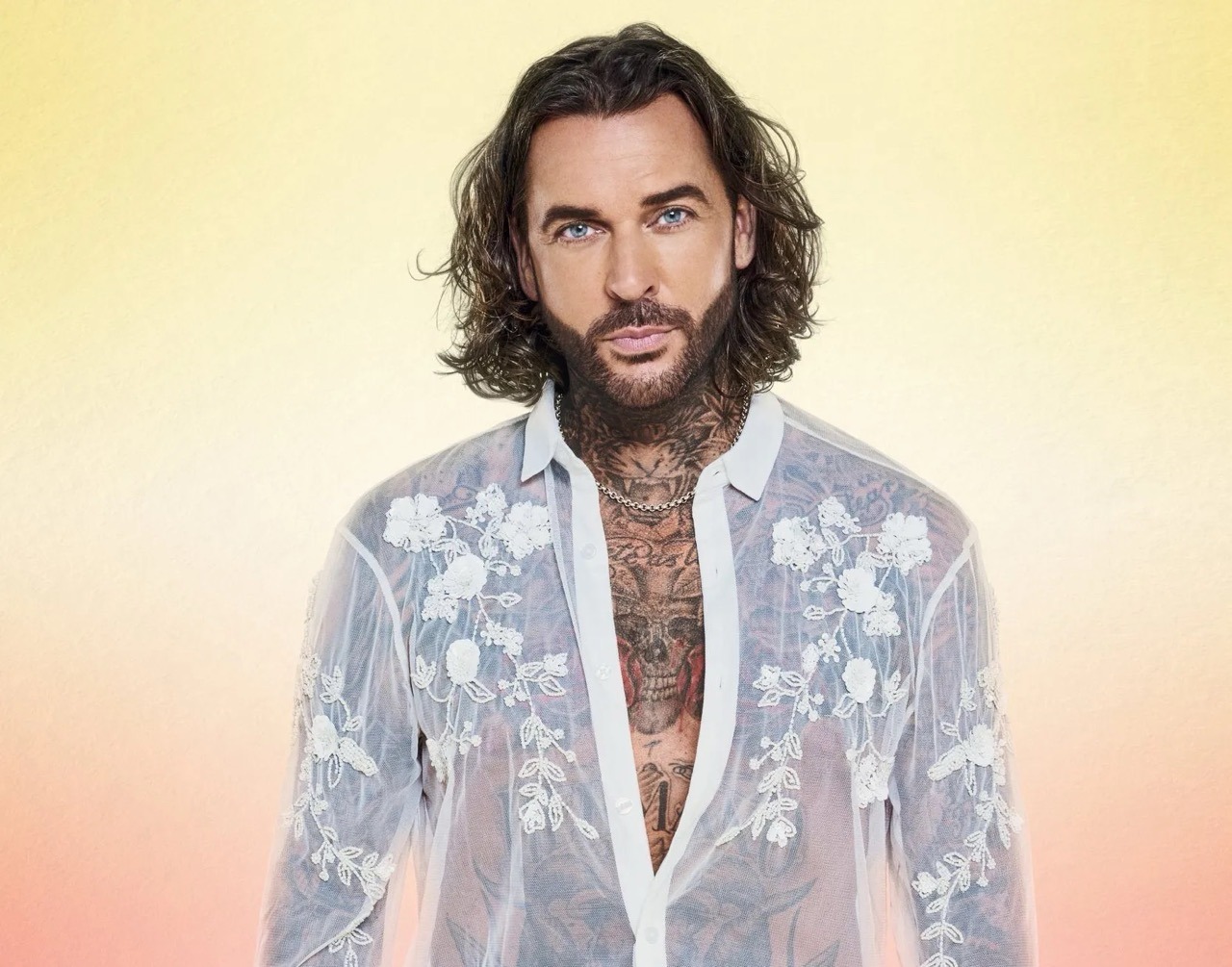
Pete Wicks – UK reality star
On Instagram and TikTok, flex culture is king and measured in likes and shares, with luxury items, designer fashion, and carefully curated luxurious locations used as visual representations of desirability. But too many aesthetic “accessories” can mean authenticity gets lost – leaving men looking performative rather than real – consequently giving actual real-life women the “ick”.
SOFT GIRL ANXIETY
The cult of busyness has rebranded burnout as ambition and turned exhaustion into something to aspire to, with anxiety curated and aestheticised. On social media, bed rotting, goblincore, messy buns, 100s of unread emails, laptop glow illuminating tired eyes, clutching a coffee cup – the markers of “modern fragility” – are less about survival and more about being “seen”. To look anxious proves you’re striving and existing under pressure, but anxiety is no longer always private, it’s become performative and a marker of an overwhelming lifestyle.
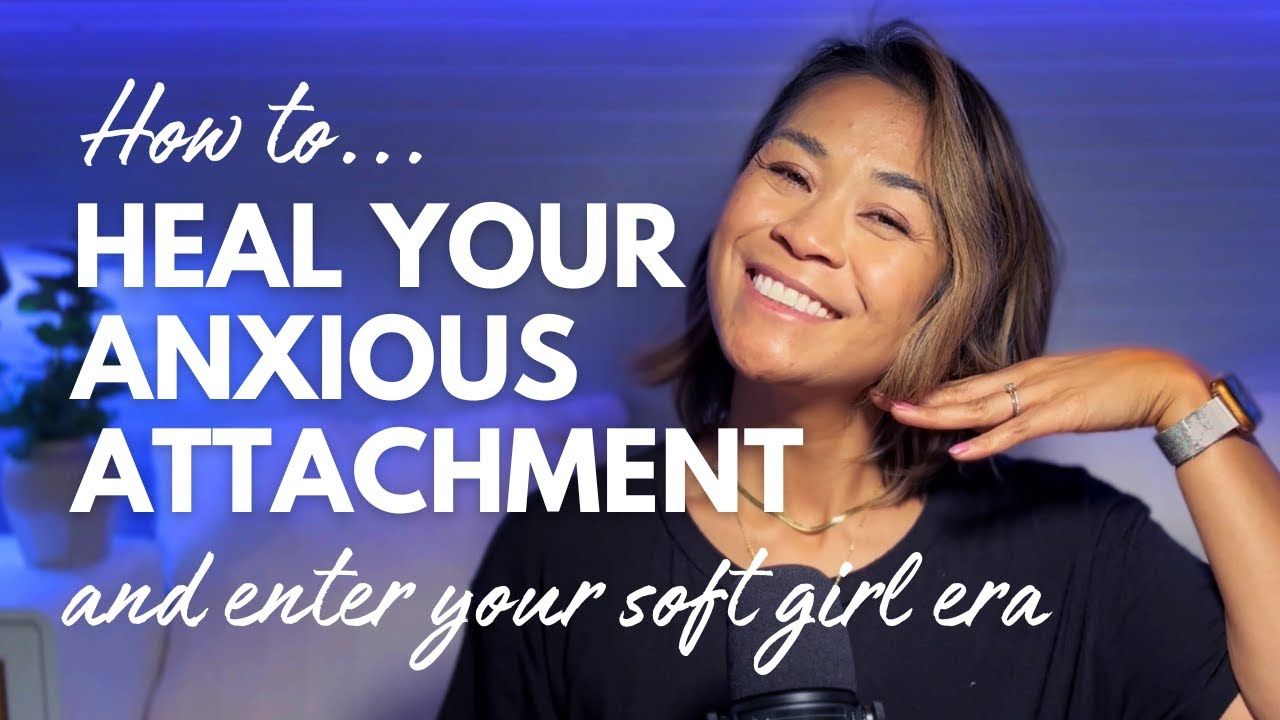
While it’s easy to dismiss this as a shallow or insensitive “anxious aesthetic” to those genuinely struggling. Perhaps it’s reclaiming vulnerability and reminding us that fragility is an unavoidable part of being human?
- BOYFRIEND ERA
We’ve got boyfriend jeans, blazers, shirts – a generally oversized, cozy, effortlessly casual aesthetic. But now actual boyfriends have become aesthetics, props and status symbols – as the boyfriend vibe has elevated to include matching oufits, couple trips, soft-launch posts and engagement reveals.
But what are we really showing off – success, desirability, stability, or are we turning intimacy into content and love into an accessory?
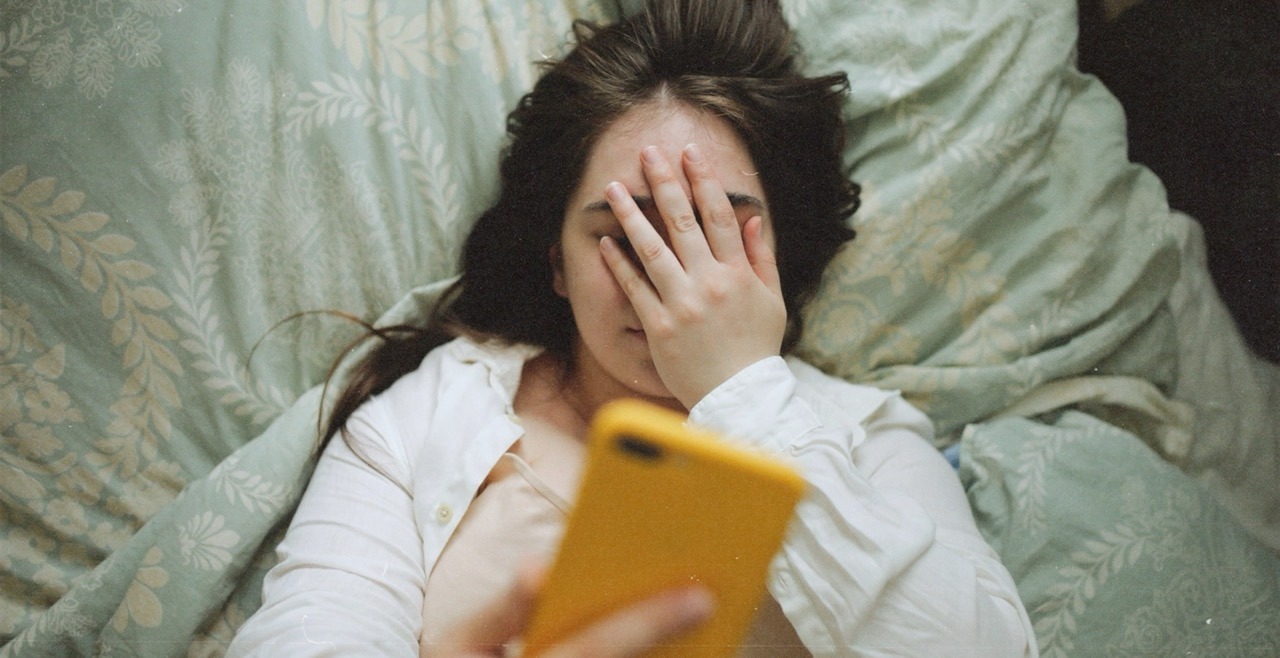
On the other hand, a counter-movement of women and queer creators are reclaiming being single as a form of independence and self-definition, by not needing a relationship as a status marker. Vogue recently posed the question “Is Having a Boyfriend embarrassing now“?
AUTHENTIC AGEING
Maybe it’s wishful thinking to think we might start to celebrate getting older – especially for women – as I have been banging on about it since I started writing The Women’s Room blog. Brands flirt with age in campaigns, occasionally use older models in their lookbooks and attempt to launch ranges for mature consumers. But the obsession with youth runs deep as anti-aging hype and cosmetic culture amplify fear, making procedures and surgery feel like the only route to relevance.

Vogue
Hopefully age is staring to speak louder than fillers, as the wrinkles, silver hair and confidence that comes with getting older are photographed and celebrated. Designers such as Bottega Veneta, Prada and Loewe are showcasing models across generations, while beauty brands such as Estée Lauder are slowly catching onto the fact that ageing is no longer just a problem to fix.
By acknowledging that beauty and confidence can and should come at every stage of life – age becomes an accessory – something to be displayed, curated, and admired. Long may it last…
From matcha to anxiety, vapes to boyfriends and getting older, everyday life has become a visual language. Objects, habits, and emotions are no longer private as they’re translated into content and accessories in a curated feed of our lives. But as we increasingly trade authenticity for visibility and intimacy for performance and label it style, maybe the real flex is being uncurated and unapologetically yourself – at any age?


